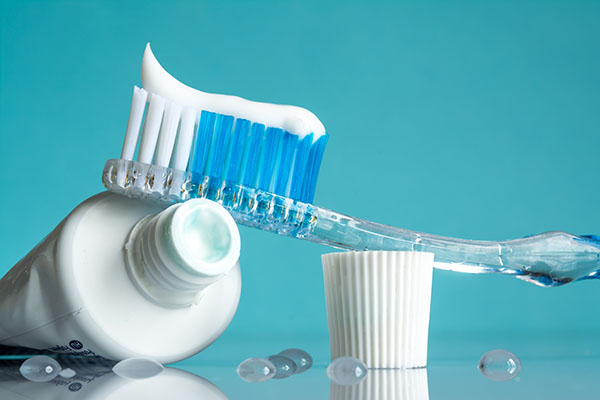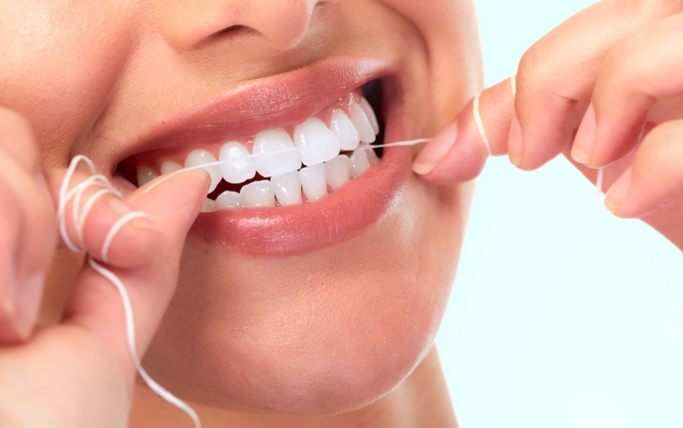Forget to floss? You may be putting yourself at risk of more serious health conditions
05/23/2017 // Frances Bloomfield // Views

- Diabetes - This disease has long been established as one that puts people at higher risk of developing bacterial infections. However, the researchers of a 2012 study discovered that periodontitis can actually worsen the effects of diabetes. Patients who suffered from diabetes and severe periodontitis had greater difficulty in managing their blood sugar levels. In fact, the researchers of that study went on to state that periodontal therapy among diabetic patients resulted in improved blood sugar levels.
- Heart disease - According to the NYTimes.com, chronic oral infections can encourage the development of blood clots and clogged arteries. The substances that these oral bacteria can cause a deadly chain reaction: The oral bacteria produces substances that can enter the bloodstream; once in the bloodstream, these substances can bring about a build-up of arterial deposits, which then become clogged arteries.
- Respiratory diseases - People who grapple with periodontal disease are those whose mouths have often become breeding grounds for harmful bacteria. When inhaled, bacteria can enter the lung before the immune system wipes them out. In fact, researchers of a 1996 study found that poor oral health can lead to respiratory disease that include but aren't limited to pneumonia, chronic bronchitis, and emphysema; similarly, a 2011 study found that periodontal disease was a risk factor for chronic obstructive pulmonary disease (COPD).
- Infections - Similar to the risk of heart disease, periodontal bacteria that have entered the bloodstream can cause other problems. For patients with artificial heart valves, the infection can become fatal unless treated with antibiotics. (Related: Healthy Mouth, Healthy Body: 5 Important Ways to Prevent Tooth Decay & Gum Disease)
- Premature birth - Prostaglandin E-2 is a substance that can induce premature labor when present in elevated levels. Periodontal bacteria, meanwhile, can produce molecules that generate the same effects as that of prostaglandin E-2; moreover, periodontal infections have also been found to cause low birth weight among babies due to the bacterial infections targeting the fetus during pregnancy.
Why take the risk? Make a daily habit out of flossing. All it takes is a few minutes of your time to keep your whole body healthy. As for how to floss properly, here's an easy, step-by-step guide demonstrating the right way to floss:
- Break off 18 inches of floss and wrap the majority of it around both of your middle fingers.
- Pinch the floss between your thumb and forefingers.
- Guide the floss between your teeth in a gentle, rubbing motion. Move the floss up and down, away from the gums, on the side of the tooth. Remember that your gums are delicate, so be careful not to snap the floss against the gums.
- Repeat for the rest of your teeth.
- Discard the floss once you're done. Not only is used floss less effective at cleaning your teeth, it could also lead to more bacteria growing in your mouth.
That's all there is to it. Flossing is simple but effective, and beneficial when paired with brushing your teeth and gargling with mouthwash. You can also learn about other ways to keep up a healthy mouth by visiting Dentistry.news.
Sources include:
Latest News
Related News
07/27/2023 / By Zoey Sky
01/25/2023 / By Olivia Cook
05/30/2021 / By Virgilio Marin
07/22/2020 / By Virgilio Marin
03/05/2020 / By Darnel Fernandez
Take Action:
Support Natural News by linking to this article from your website.
Permalink to this article:
Copy
Embed article link:
Copy
Reprinting this article:
Non-commercial use is permitted with credit to NaturalNews.com (including a clickable link).
Please contact us for more information.
Please contact us for more information.























